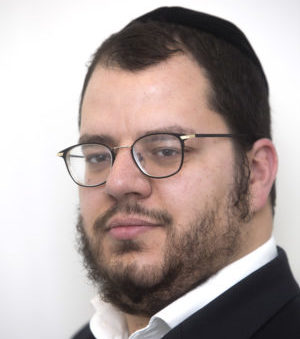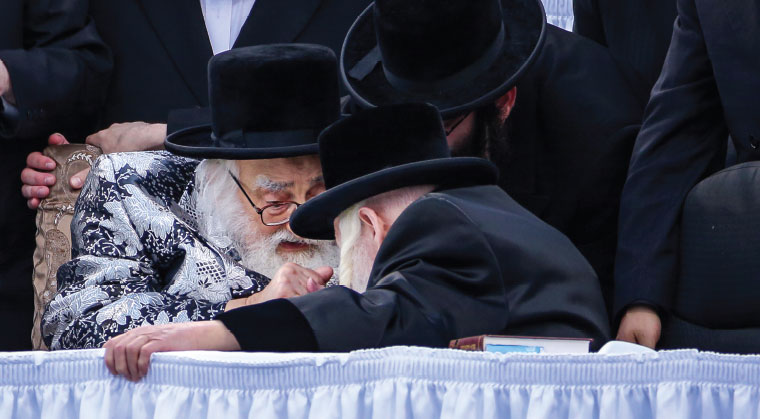Clouds of Faith

For the Rebbe there is no essential difference between Grosswardein 1936 and Monsey 2016. What was good for the early chassidim is good for the present-day chassidim too.

T he beis medrash building is pulsing with action. Boxes of bread are stacked up in the hallway cases of milk have been unloaded in advance of breakfast — still several hours away. The door to the mikveh swings open and closed as chassidim emerge pure and ready for a new day. And the sun hasn’t even peeked over the horizon.
At the end of long hallway heavy wooden doors open to the kollel. From afar you can hear the din — chavrusas shouting speaking and whispering in learning.
Welcome to Vizhnitz-Monsey a chassidus that is as traditional as it is vibrant. It’s a court founded on several principles — first among them kevias ittim laTorah fixed times for learning. The Rebbe pioneered the concept of the “sha’os tzet’l” a note each chassid brings to the Rebbe once a month listing his sedorim and a precise accounting of his learning.
The central beis medrash a sprawling white structure that is the informal hub of the wider Monsey community is filled at all hours with people learning — the chassidim know it’s the surest way of finding favor with their Rebbe. Soon these assembled masses will join in the main beis medrash for Shacharis. Though the Rebbe doesn’t always come to davening — in recent years he hasn’t been feeling well — when he does it’s a Yom Tov. Though he sits nearly motionless in his seat his presence alone sends a current through the building.
There was a time not so long ago when the Rebbe 94 would conduct surprise inspections of the shtieblach downstairs himself. He wanted to know who was davening where that no minyan was missing zeman tefillah and to observe the pace and decorum of each minyan.
“That the Rebbe has such a hold on his chassidus is impressive” one of the chassidus’s senior administrators reflects “but if you knew what he started with had you seen the original group of Monsey chassidim you’d appreciate that this new generation dedicated to Torah and avodah is nothing short of miraculous.”

And what a splendid kehillah it is.
Little Time for Talk
Vizhnitz-Monsey is its name but there are also communities in Eretz Yisrael Boro Park London and Williamsburg. There’s even a new community of younger families in Kiamesha about an hour north of Monsey. The Rebbe Rav Mordechai Hager has many sons spread out across the world each with his own kehillah: When there is a simchah or Yom Tov they join as one at the feet of their father. The Rebbe’s ideology reflects the approach of Satmar yet he’s always maintained warm relations with the Agudah camp. He might be considered a kanoi but that kana’us is focused inward: He rarely shares his political views preferring to use his addresses to call for more learning purer avodah. It’s a chassidus of shalom genuine peace.
If there’s a common thread that unites the chassidim it’s the daily learning quota — a minimum of two hours — that the Rebbe demands. That more than anything else is the secret of this kehillah’s development and incredible growth.
Oops! We could not locate your form.













